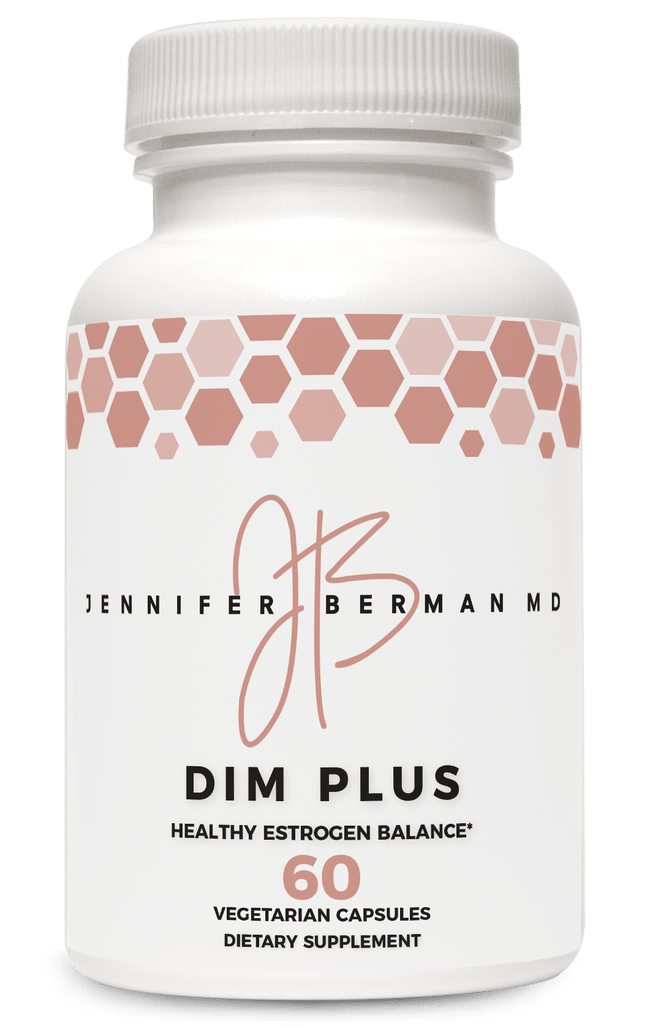DIM+ 60c
$80.00
You Save: (%)
This product was viewed 11 times within last hour
Hurry Up! Left in stock
Order in the next to get it by Tue, Dec 30, 2025
Availability: In stock
24/7 Support
Use promocode SexDoc to get 15% discount!
Fast Shipping
DIM+ 60c is a dietary supplement specifically designed for women. DIM, or diindolylmethane, is a naturally occurring compound found in cruciferous vegetables like broccoli and cauliflower. Incorporate DIM+ 60c into your daily routine to potentially experience these benefits and more.




























